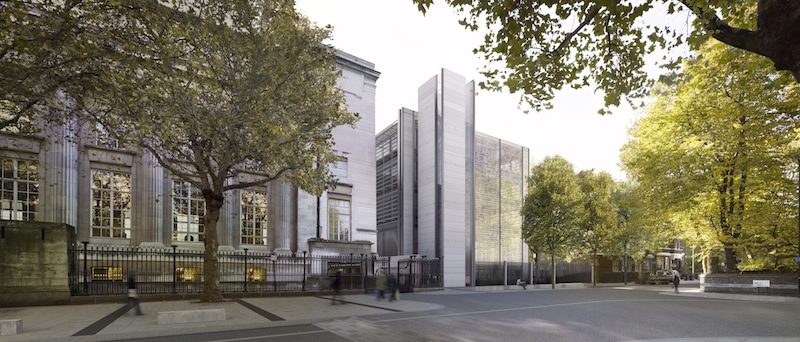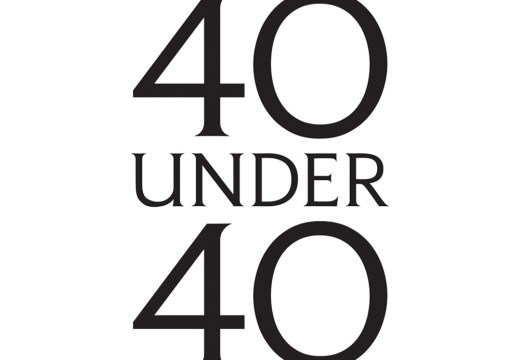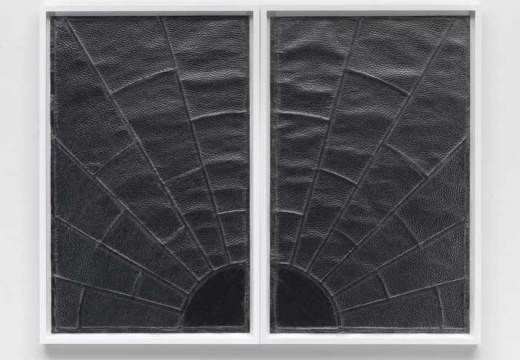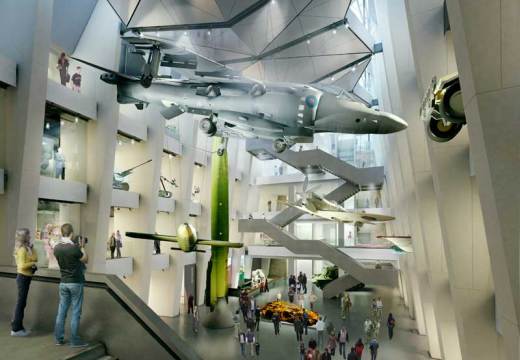Visitors to ‘Vikings: Life and Legend’ (until 22 June) at the British Museum have had the chance to see the new Sainsbury Exhibitions Gallery, which is part of the recently completed World Conservation and Exhibitions Centre (WCEC). However, like the proverbial iceberg, they have seen only a small fraction of a new wing whose other function is to allow us to care for, conserve and examine the museum’s collection in facilities that are, for the first time, purpose-built for such activity. Opening these behind-the-scenes spaces this summer was made possible through the generosity of many donors to the museum, and is the culmination of several years of planning and building. It is also a hugely significant moment for some of the museum’s conservators and scientists, who have lived through previous plans to create new facilities that failed to come to fruition.
In 1975 the British Museum brought together the conservators in its curatorial departments so they could work together and develop expertise in different areas of material specialism rather than according to the historical or geographical origin of the objects they treated. However, neither the creation of this new Department of Conservation nor its subsequent amalgamation with the Department of Scientific Research, which had been created soon after the First World War to investigate material aspects of the collections and their deterioration, was accompanied by the provision of new spaces. The museum’s conservation studios and science laboratories continued to be located in nearly a dozen locations across the site at Bloomsbury, or three miles away at one of the stores in north-east London. Many of these spaces were shoehorned into the basements of the terrace of Georgian houses that faces onto Russell Square, while others could only be reached by narrow, steep staircases or small lifts that made it difficult to transport objects to them. Premises are not everything, of course: over the years ground-breaking conservation treatments and scientific research have been developed by the team.
Click here to buy the June issue of Apollo
As the rooms have aged, and the methods and technologies used in conservation and analysis of the collections have advanced, the inadequacies of the spaces have become more apparent. Instead of applying our expertise to the care and examination of the collection, valuable time has been spent on the logistics of moving people and objects from one space to another, or improving and repairing the infrastructure of studios and laboratories that were simply not built to house modern and, increasingly, computerised equipment.
With the WCEC, the opportunity has been taken to create spaces around the way we work now and, as far as possible, to leave open our options to adapt the spaces to the way we might work in the future. Funding from the Heritage Lottery Fund will enable community participants to work with the British Museum to find new ways of thinking about the collection, and will also support a programme of volunteer-led tours.
The facilities have benefitted greatly from the current trend not to top-light special exhibition spaces, so that the entire top floor of the WCEC is devoted to conservation studios. The steel frame building has allowed the creation of a number of commodious, open spaces at this level, which can easily be reconfigured to conserve larger objects such as textiles, and a very high-ceilinged, side-lit studio at ground level for conserving sculptural and architectural stone, or other massive objects. Smaller rooms for specialist treatments, including washing, dyeing and consolidation, are located between the larger studios. We have also included project rooms that are designed to be flexible and adaptable.
The science laboratories are divided over two floors, with those techniques that require vibration-free spaces located in the deepest basement, while others surround a day-lit atrium. Many rooms have been purpose-built for the instruments they will house and the opportunity has been taken to separate delicate scientific equipment from the chemical laboratories in which samples for analysis are prepared. In addition to housing current equipment, the laboratories will feature a number of new techniques, including improved X-ray examination.
By bringing the department together in one, well-serviced building, it will be easier and safer to bring objects from the stores or galleries and to move them between studios and laboratories for treatment and analysis. However, beyond the new accommodation, the move to the WCEC offers the chance to bring people under one roof, so that the exchange of ideas, expertise and perspectives that was precluded by the dispersed nature of the department in the past can help us make best use of the opportunities to conserve, examine and analyse the collections offered by these new facilities.
Click here to buy the June issue of Apollo
Related articles
Open the stores: conservation, collections and the museum of the future (Crystal Bennes)
Unlimited access from just $16 every 3 months
Subscribe to get unlimited and exclusive access to the top art stories, interviews and exhibition reviews.














![Masterpiece [Re]discovery 2022. Photo: Ben Fisher Photography, courtesy of Masterpiece London](http://www.apollo-magazine.com/wp-content/uploads/2022/07/MPL2022_4263.jpg)
It’s time for the government of London to return to its rightful home